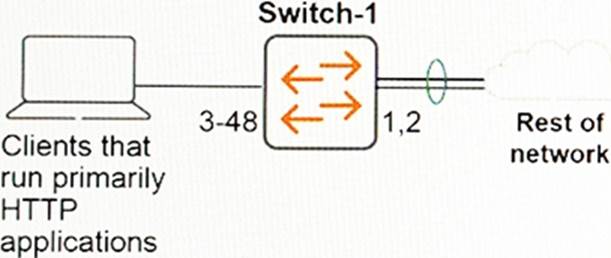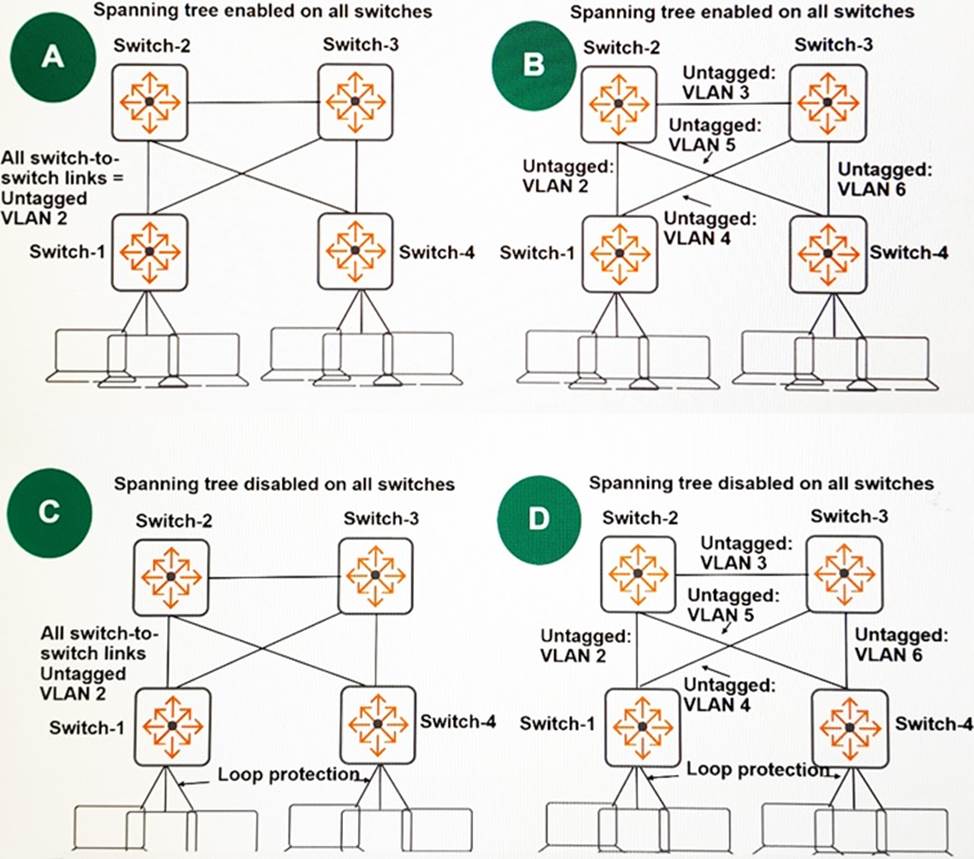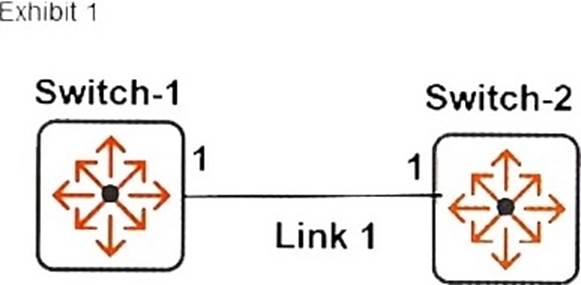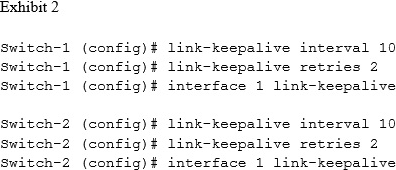HP HPE6-A45 Implementing Aruba Campus Switching solutions Online Training
HP HPE6-A45 Online Training
The questions for HPE6-A45 were last updated at Jan 02,2026.
- Exam Code: HPE6-A45
- Exam Name: Implementing Aruba Campus Switching solutions
- Certification Provider: HP
- Latest update: Jan 02,2026
A company has AOS-switches, Aruba ClearPass, and Aruba AirWave. A network administrator needs to find the source of a performance issue that often occurs at the start of the day and early in the afternoon.
Which action is likely to give the administrator the most useful information for the investigation?
- A . Access the Network Device view on ClearPass.
- B . Use the configuration audit tool on AirWave.
- C . View the current running config on each switch.
- D . View usage patterns on the switches on AirWave.
Refer to the exhibits.
Exhibit 1

Exhibit 2

Network administrators are alerted to high interface utilization on a switch by a management solution. They examine the utilization on the uplink interfaces several times an hour during problem times. The exhibit shows output typical of times of congestion. The administrators want to allocate bandwidth fairly and reduce congestion on the uplinks.
What could help meet these requirements?
- A . a per-queue rate limit on interfaces 1 and 2
- B . an outbound rate limit on each edge port
- C . a broadcast rate limit on each edge port
- D . an outbound rate limit on interfaces 1 and 2
Refer to the exhibit.

Every switch in the exhibit will route traffic. The company requires a topology in which failover for switch-to switch links is exclusively handled by the routing protocol and occurs as quickly as possible.
Which topology should the administrator use?
- A . A
- B . B
- C . C
- D . D
Refer to the exhibit.

Switch-1 is an AOS-switch that is operating at factory default settings for QoS and has type of service disabled. It receives a frame with 802.1p value 5 on trk1, on VLAN 2.
How does the switch treat the frame when it forwards it on TRK2?
- A . It forwards it with higher than normal priority and 802.1p 0.
- B . It forwards it with normal priority and 802.1p 0.
- C . It forwards it with normal priority and 802.1p 5
- D . It forwards it with higher than normal priority and 802.1p 5.
The security policy for a company requires that switches use SNMPv3 and accept all read-only SNMPv2c messages. The network administrator enables SNMPv3.
Which additional action should the network administrator take to comply with this policy?
- A . Disabled SNMPv3 inform timeouts.
- B . Enable SNMPv3 only operation.
- C . Enable SNMPv3 restricted mode.
- D . Disable SNMPv1/v2c.
Refer to the exhibits.


The network administrator enters the commands shown in Exhibit 2, and Switch-1 and Switch-2 exchange keepalive messages.
What is the expected behavior if Switch-1 later fails to receive keepalive messages from Switch-2?
- A . Switch-1 disables interface 1 for 10 seconds, and then re-enables it. The same process repeats twice. If the issue persists, the switch disables the interface permanently.
- B . After two consecutive missed keep-alive packets, Switch-1 disables interface 1, and the interface stays disabled until the issue is fixed.
- C . After two consecutive missed keep-alive packets, Switch-1 sends SNMP traps, and Link 1 stays up until the issue is fixed.
- D . Switch-1 disables interface 1 for 10 seconds and then re-enables it. The interface continues to be re-enabled and disabled every 10 seconds until the issue is fixed.
Two AOS-Switches connect on VLAN 10 in OSPF Area 1, which is defined as a stub area on both.
Which mismatch can cause OSPF routers to lose adjacency?
- A . The administrator adds the backbone area to just one of the routers.
- B . The administrator enables graceful restart, or nonstop switching, on just one of the routers.
- C . The administrator enables jumbo frames on VLAN 10 on just one of the routers.
- D . The administrator adds the no-summary option to Area 1 on just one of the routers.
A network administrator applies port security to a port with the send-alarm action.
What does the switch do if it detects traffic from an unauthorized MAC address on the port?
- A . It disables the port, but sends no SNMP trap.
- B . It forwards the traffic, and it logs an event.
- C . It blocks the traffic, but sends no SNMP trap.
- D . It blocks the traffic, and it sends an SNMP trap.
Which technologies can prevent split brain in a VSF fabric that includes Aruba 2930F switches?
- A . ARP MAD or OOBM MAD
- B . VLAN MAD or ARP MAD
- C . OOBM MAD or LLDP MAD
- D . LLDP MAD or VLAN MAD
An AOS-Switch is configured to use captive portal and RADIUS to integrate with an Aruba ClearPass solution.
What should the administrator do to enable the switch to accept change of authorization (CoA) messages from ClearPass?
- A . Enable user-role authorization globally on the switch.
- B . Enable dynamic authorization in the RADIUS server settings.
- C . Enable tunneled node in role-based mode.
- D . Enable login privilege globally on the switch.
Latest HPE6-A45 Dumps Valid Version with 167 Q&As
Latest And Valid Q&A | Instant Download | Once Fail, Full Refund


nice experience please provide more quiz